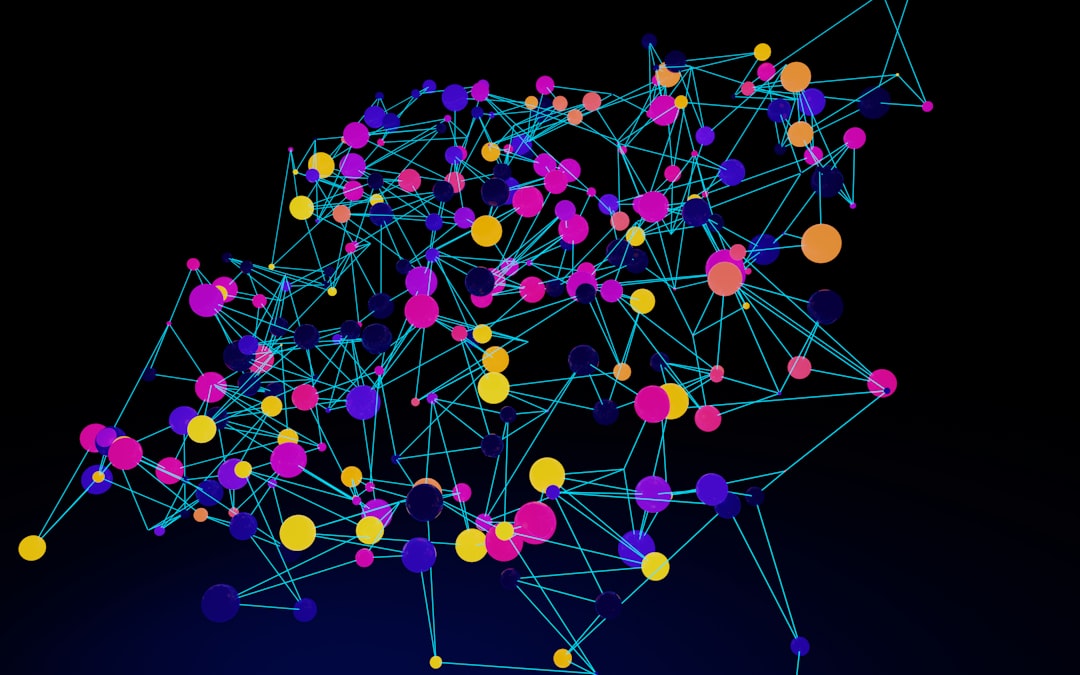The demand for ever-increasing computing performance has pushed developers to tap into parallel computing. However, efficiently parallelizing code remains a complex and error-prone task, especially in large-scale software systems. Fortunately, Artificial Intelligence (AI) is emerging as a powerful tool to assist in this vital domain. By leveraging machine learning and data-driven techniques, AI can identify patterns, suggest transformations, and even rewrite code to optimize parallel execution.
Understanding Parallelization Challenges
Parallelizing code means changing a program so that it can execute multiple parts at the same time, leveraging multi-core CPUs, GPUs, or distributed systems. However, this process is fraught with technical challenges such as:
- Identifying independent tasks that can be run concurrently without causing race conditions or other forms of data corruption.
- Ensuring thread safety when sharing data across threads.
- Minimizing synchronization overhead to avoid bottlenecks.
- Selecting the appropriate parallelization strategy depending on the architecture and data structure involved.
Traditional methods rely on human expertise and manual labor, which can be time-consuming and error-prone. This is where AI steps in with its unique capabilities.
How AI Enhances Code Parallelization
AI can assist in multiple facets of code parallelization. Here’s how it does that effectively:
1. Automatic Pattern Recognition
Modern AI models, particularly those based on deep learning, are adept at identifying patterns in large data sets. When applied to codebases, these models can:
- Recognize common loop structures that are safe to parallelize.
- Detect known computational patterns like MapReduce or stencil computations.
- Pinpoint dependency chains that must be respected during transformation.
For instance, a neural network trained on large repositories of high-performance computing code can suggest ways to convert serial loops into parallel versions using constructs such as OpenMP or CUDA.

2. Suggesting and Generating Parallel Code
AI-driven tools can automatically suggest or even generate parallel code. These systems often rely on reinforcement learning or program synthesis to learn how to transform a serial algorithm into a parallel one. Given a code snippet and its context, the AI can:
- Propose parallel constructs suitable for the platform (e.g., threads, asynchronous calls, vectorized loops).
- Insert memory barriers and synchronization primitives where necessary.
- Re-write data structures to make them more amenable to parallel operations.
This approach significantly reduces development time and lowers the barrier to entry for writing efficient parallel code.
3. Performance Prediction and Optimization
Another critical area where AI shines is in predicting the performance of various parallelization strategies. Based on previous execution data and system architectures, machine learning models can:
- Estimate speedups from specific parallel implementations.
- Choose the optimal degree of concurrency for a particular workload.
- Adaptively tune granularities in task-based parallelism.
Such models help avoid the costly trial-and-error process typically involved in tuning performance.

Use Cases and Real-World Applications
Several tools and frameworks already integrate AI for improved parallelization. Examples include:
- Intel Advisor with AI features: Provides automated vectorization and threading advice.
- Polly (LLVM Project): Uses machine learning to optimize loop transformations and parallelism.
- Facebook’s Aroma: A code-to-code search that helps engineers find optimized code snippets based on an input pattern.
In high-performance computing, AI techniques are being employed to automatically parallelize simulations in domains like climate modeling, fluid dynamics, and genomics, thereby saving significant developer effort and reducing time to results.
Limitations and Ethical Considerations
Despite its promise, AI is not without limitations in code parallelization. Current models may lack the domain-specific understanding required for complex, interdependent systems or legacy codebases. Furthermore, incorrect AI suggestions can lead to non-deterministic bugs or performance regressions.
From an ethical standpoint, over-reliance on AI could mask the responsibility for problematic code. It is essential to maintain human oversight and ensure transparency in how AI suggestions are generated and applied.
Conclusion
AI is revolutionizing the way we approach code parallelization. By automating pattern recognition, suggesting code transformations, and optimizing performance, AI tools empower developers to harness the full potential of modern computing architectures. However, as with any powerful tool, careful application and deep understanding remain crucial to avoiding pitfalls and achieving reliable, high-performance results.